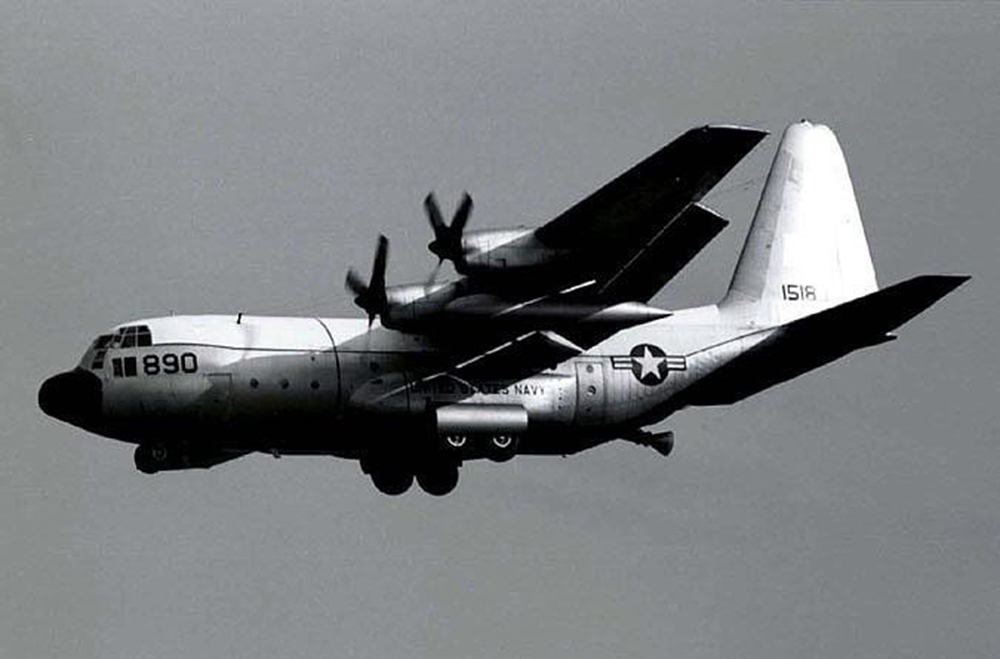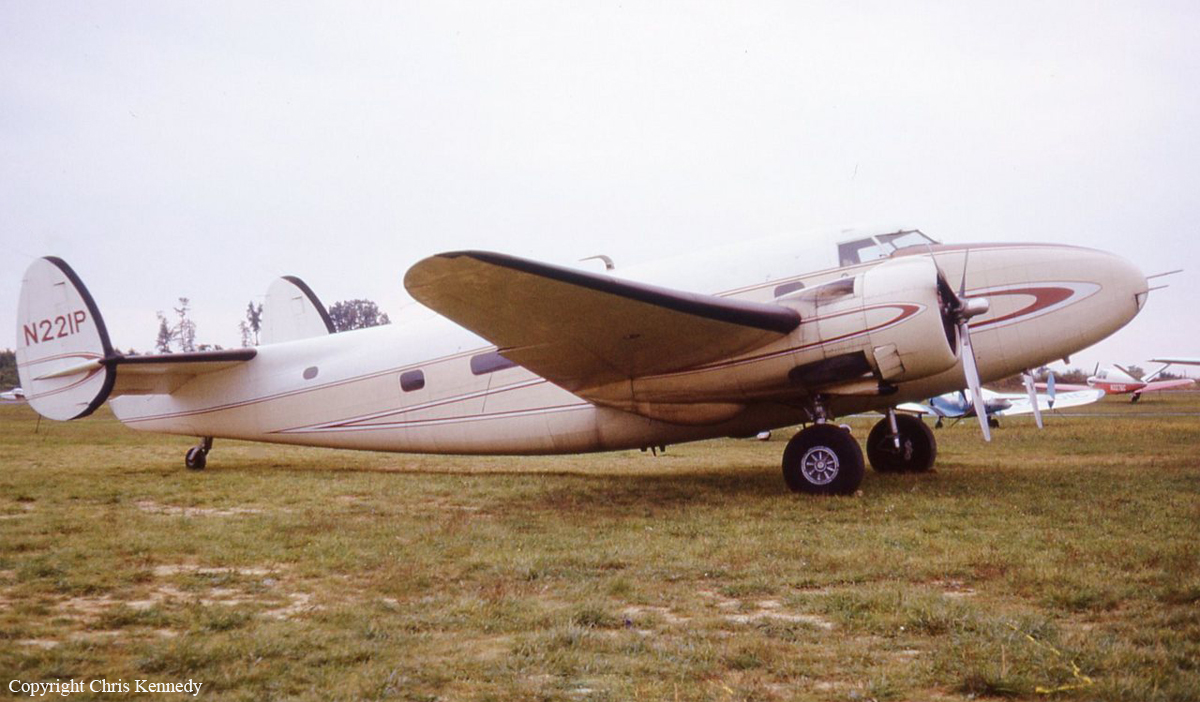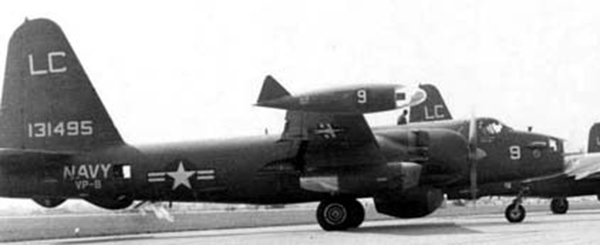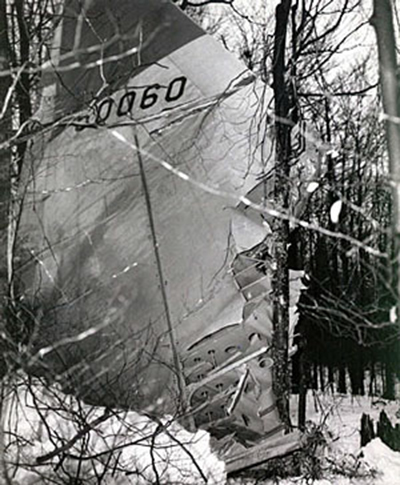Crash of a Beechcraft E18S in Salisbury: 1 killed
Date & Time:
May 15, 1975 at 0007 LT
Registration:
N23XY
Survivors:
Yes
Schedule:
Salisbury - Fort Lauderdale - Port-au-Prince
MSN:
BA-118
YOM:
1956
Crew on board:
1
Crew fatalities:
Pax on board:
4
Pax fatalities:
Other fatalities:
Total fatalities:
1
Captain / Total hours on type:
85.00
Circumstances:
While taking off by night from Salisbury Airport, one of the engine lost power. The pilot lost control of the airplane that crashed by the runway. A passenger was killed while four other occupants were injured. The aircraft was destroyed.
Probable cause:
Engine malfunction for undetermined reason. The following contributing factors were reported:
- Failed to follow approved procedures,
- Failed to obtain/maintain flying speed,
- Inadequate preflight preparation,
- Improperly loaded aircraft,
- Did not use fuel boost pumps for takeoff,
- Aircraft about 400 lbs over gross weight.
- Failed to follow approved procedures,
- Failed to obtain/maintain flying speed,
- Inadequate preflight preparation,
- Improperly loaded aircraft,
- Did not use fuel boost pumps for takeoff,
- Aircraft about 400 lbs over gross weight.
Final Report:







